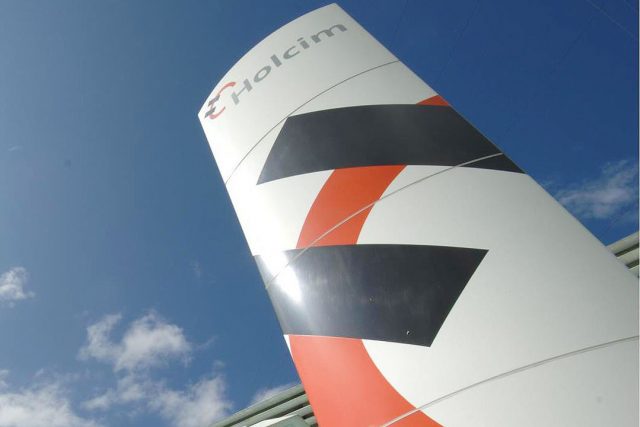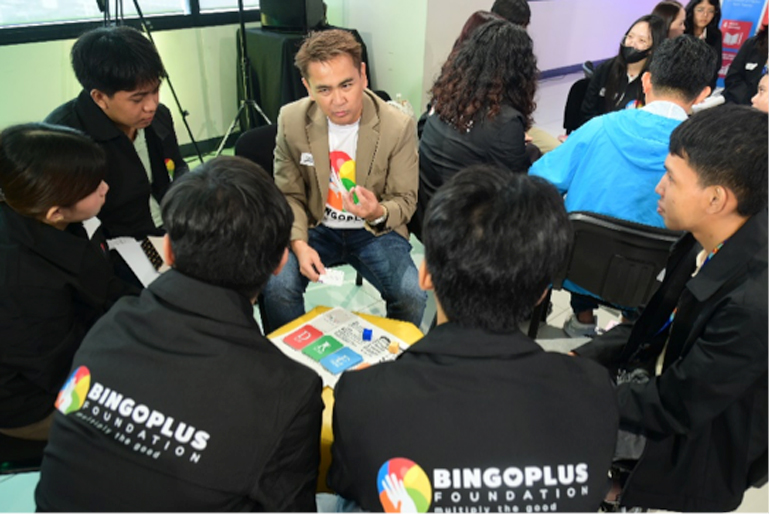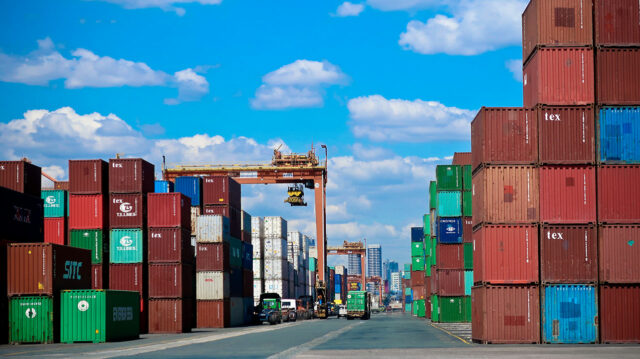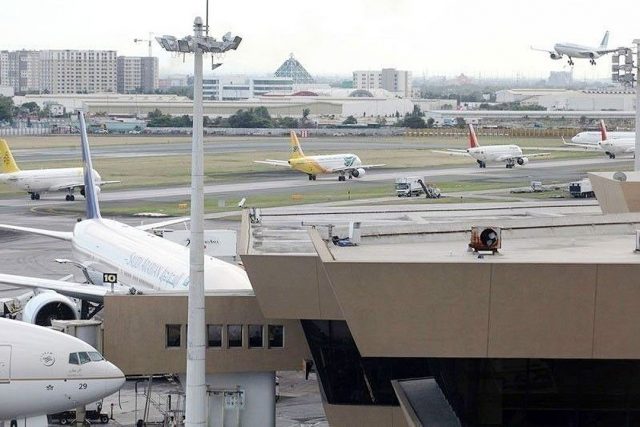By Chloe Mari A. Hufana, Reporter
THE PHILIPPINES’ one-year high unemployment rate in July highlights the economy’s inability to absorb workers into the labor force, which may result in the country missing out on the benefits of its demographic “sweet spot,” analysts said.
“The high unemployment rate especially among the new entrants shows the weakness of the economy in absorbing greater numbers of workers into the labor market,” Economics professor at the Ateneo de Manila University Leonardo A. Lanzona, Jr. told BusinessWorld in a Facebook Messenger chat.
“As the country is about to complete its demographic transition, more and more people will be in their working ages,” he added. “If the country is able to handle this phase well, it would reap demographic dividends. However, the country seems to be at a loss in generating the beneficial effects of this development.”
The country’s unemployment rate rose to a one-year high of 4.7% in July as fresh graduates entered the workforce, the Philippine Statistics Authority (PSA) said on Friday.
Preliminary data from the PSA’s Labor Force Survey (LFS) showed the jobless rate picked up from a two-decade low of 3.1% in June and was the highest since the 4.9% recorded a year ago.
This translated to 2.38 million unemployed Filipinos in July, up by 755,000 from 1.62 million in June. Year on year, this went up by 86,000 from 2.29 million in July 2023.
PSA Undersecretary and National Statistician Claire Dennis S. Mapa on Friday said these new graduates could not find jobs in the market, with youth unemployment, or Filipinos aged 15 to 24 in the workforce, reaching 1.02 million, contributing 43% to the jobless rate.
The demographic dividend refers to “the accelerated economic growth that can result from a rapid decline in a country’s fertility and the subsequent change in the population age structure,” according to the World Bank.
“Demographic dividend corresponds to a 20–30-year period in a country’s demographic transition when the proportion of working age population compared to the number of dependents increases rapidly,” it said.
In November 2023, National Economic and Development Authority Secretary Arsenio M. Balisacan said the “demographic sweet spot” could contribute at least a percentage point increase to the country’s growth potential or prospects for the next two to three decades.
This “window of opportunity” has started for the Philippines, he said, as its working age population is now growing faster than the overall population.
“At this period, savings rise and growth is felt, hence demographic dividends are earned. If we reach this phase, but if people are out of work, we will lose these dividends,” Mr. Lanzona said.
“One has to remember that this phase in our demographic transition happens only once, and if we fail to take advantage of this, we will miss our chance to escape the lower middle-income trap that we have been in for the last 40 years,” he added.
Federation of Free Workers President Jose Sonny G. Matula told BusinessWorld in a Viber message that the rise of joblessness is concerning, especially for those new to the workforce as “it reflects the challenges our economy continues to face despite recovery efforts.”
“The increase in joblessness is a signal that more needs to be done to create sustainable and decent jobs,” Mr. Matula said. “Structural issues in our economy, such as mismatched skills, limited job opportunities in certain sectors, and ongoing inflationary pressures, are contributing factors.”
Rising joblessness shows the need for immediate relief measures and long-term reforms to address the root causes of unemployment, he added.
University of the Philippines Diliman School of Labor and Industrial Relations Assistant Professor Benjamin B. Velasco added that the country’s low labor force participation rate (LFPR) also shows that the government needs to do its part in providing more jobs for its working-age population.
The LFPR declined to 63.5% in July from 66% in June.
“With the private sector unable to provide quality jobs, the government has to step in, possibly through a jobs guarantee program, where it provides meaningful, quality jobs in sectors that the private sector does not find profitable. One is climate mitigation, like reforestation or river cleanup,” Mr. Velasco said in a Facebook Messenger chat.
JOB-SKILLS MISMATCH
For his part, Technical Education and Skills Development Authority (TESDA) Director-General Jose Francisco B. Benitez said addressing the education crisis is key to reaping the potential benefits of the country’s demographic transition,
“We should bridge them (workforce entrants) to a better pathway. The demographic dividend is real, but with the ongoing education crisis, it’s concerning. We really need to address it,” Mr. Benitez told BusinessWorld in mixed English and Filipino on the sidelines of an event on Tuesday.
“Compared to the Commission on Higher Education or even the Department of Education, TESDA has a faster response time because our courses are shorter. So, TESDA should also quickly provide the right kind of programs and assistance, particularly in empowering the youth,” he added.
TESDA is working to ensure that senior high school students who choose technical-vocation tracks have an apprenticeship pathway, Mr. Benitez said.
“If we can generate proper labor intelligence on a local level, then we can help those looking for a job or who might have a mismatch to have opportunities to gain the skills necessary to bridge that gap,” he added. “The kind of jobs required must come from the industry itself, including the specific skills they are seeking in order to provide employment to our fellow citizens.”
GREEN JOBS
Mr. Matula said he hopes the full implementation of the government’s Trabaho Para sa Bayan plan, which is a 10-year employment roadmap, and the Green Jobs Act would help boost job creation in the country.
“The landscape of green jobs in the Philippines is expanding, driven by national policies and international cooperation aimed at promoting sustainable development,” he said.
Mr. Matula cited a study by TESDA, which said the green job market is expected to generate about 5.10 million positions by next year, spanning sectors such as renewable energy, agriculture, waste management, and construction.
The Department of Labor and Employment (DoLE), he added, is actively conducting consultations and mapping projects to identify and promote green jobs in key sectors, such as energy, manufacturing, and tourism.
“DoLE needs to focus on programs that upskill and reskill workers to match the demands of growing industries, enhance labor market programs, and strengthen support for small and medium enterprises, which are the backbone of our job market,” Mr. Matula added.








 With a hundred exhibiting MSMEs and farmers boasting their wide array of products and services — from farm produce to processed foods, aquatic and fishery products, native delicacies, garden plants, to fashion and wearables, furniture, handicrafts, and tourism opportunities — visitors at the opening day were introduced to the wonders that Cagayan Valley has to offer to the Philippines and to the world. Pavillions highlighting each province in the region — Batanes, Cagayan, Isabela, Quirino, and Nueva Vizcaya — gave visitors a feel for not just their products but avenues for tourism and other potential investment projects as well.
With a hundred exhibiting MSMEs and farmers boasting their wide array of products and services — from farm produce to processed foods, aquatic and fishery products, native delicacies, garden plants, to fashion and wearables, furniture, handicrafts, and tourism opportunities — visitors at the opening day were introduced to the wonders that Cagayan Valley has to offer to the Philippines and to the world. Pavillions highlighting each province in the region — Batanes, Cagayan, Isabela, Quirino, and Nueva Vizcaya — gave visitors a feel for not just their products but avenues for tourism and other potential investment projects as well. We invite everyone, from the average consumer to institutional buyers, to come visit and experience the richness of the valley through the 18th Padday na Lima. The Trade Fair will run from Sept. 10 to Sept. 16 at the Upper Ground Floor, Carousel Court, Festival Mall Alabang in Quezon City.
We invite everyone, from the average consumer to institutional buyers, to come visit and experience the richness of the valley through the 18th Padday na Lima. The Trade Fair will run from Sept. 10 to Sept. 16 at the Upper Ground Floor, Carousel Court, Festival Mall Alabang in Quezon City.









